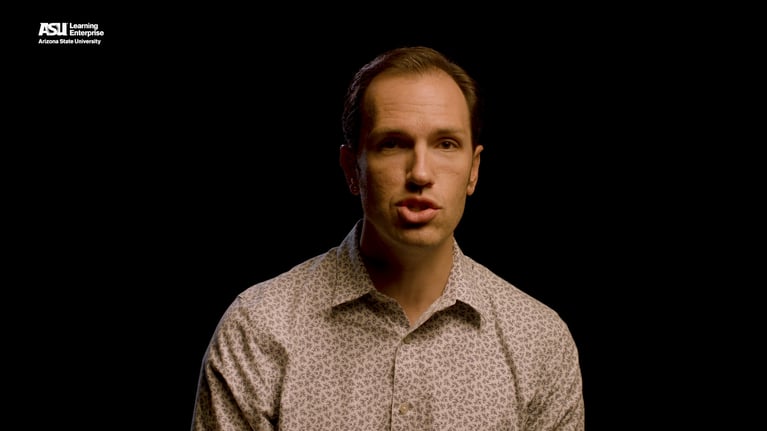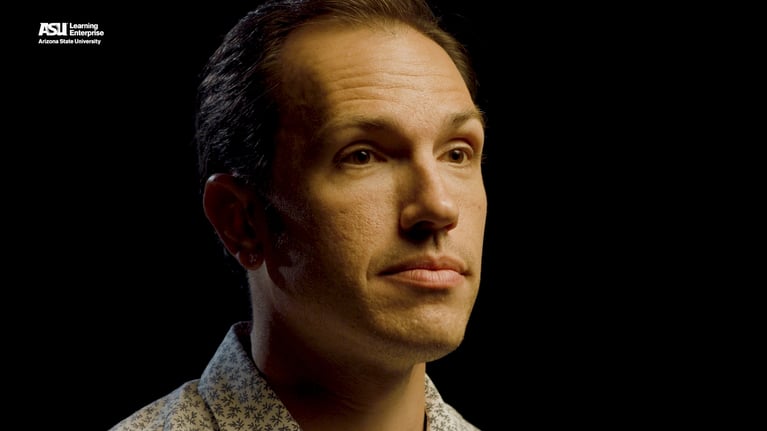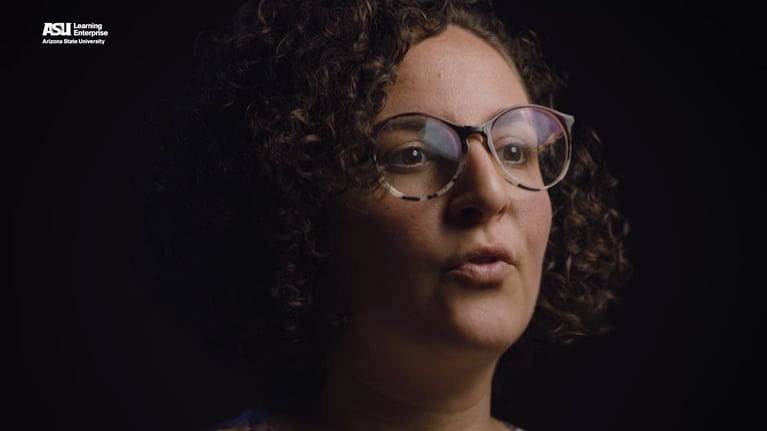Creating entertainment and bringing performances to life requires collaboration from many designers from costume designers to lighting designers. With so much that goes into the design of all types of entertainment, there is an endless amount of opportunity in production design jobs. All of these jobs allow you to tap into your imagination and creativity.
Creating entertainment - from performances, like plays or dance, to experiences, like theme park rides - requires the input of multiple artists working in different spaces. Location, time, personality, and emotional resonance will all need to be designed into a piece of entertainment and cooperate with more practical concerns, such as seeing performers on a stage and dressing performers in costumes that suit the amount of movement they need to be able to do while on stage. With the wide range of entertainment media and all the field’s different needs, it would be impossible to give a comprehensive list of the opportunities available for designers in this space, but there are broad categories of opportunities.
Scenic Designers create environments. They are responsible for the overall look and feel of all scenic elements. Scenic designers’ core responsibility is often designing a set or other piece of scenery, and may also include work with props or supporting digital media, such as projection.
Costume Designers are often skilled with textiles and their primary task is to clothe characters. They are responsible for the design of the costumes and their sourcing, whether that is renting pieces, pulling them from racks, or sewing unique items. Costume Designers ensure the way performers are dressed fit the time period, the aesthetic, and the practical requirements of a performance. Depending on the work, they may also be responsible for hair and make-up.
Lighting Designers provide focus and shape the mood. They oversee all lighting elements and combine them to both draw the eye of the audience to the desired point of focus and to enhance and complement the emotional story of a work. Lighting Designers’ work may include story elements, such as lighting that builds a location recognized by the characters in a play, or mood elements, such as lighting in an abstract dance performance or even at a corporate event. In some cases, lighting designers may also take on responsibility for other visual media elements.
Sound Designers shape the aural experience. They oversee all things heard by the audience, from actors’ voices, to sound effects like noises to suggest weather or conflict, to non-diegetic sound. Sound designers must select sounds and mix them appropriately to suit the aural experience needed by the work. Additional media may also fall under the sound designers’ purview, especially if it includes an audio element.
Media Designers enhance the world through imagery and texture. Their work often involves projections on stage. These might include scenery or other complements to set pieces, text, representations of performers, or media montages. In recent years, the role of media designers has greatly increased as large budget stage productions have used projection to build locations and to bring the digital world into plays and musicals.
All of these fields require considerable specialist knowledge and training, but the most important aspect is your imagination and ability for collaboration.


